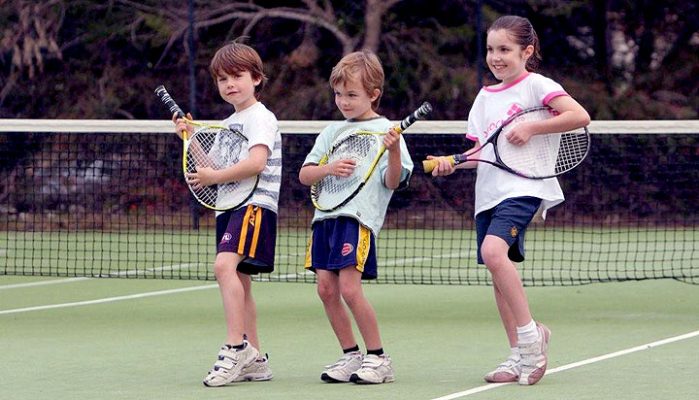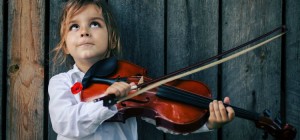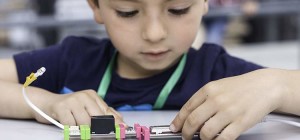Is your child hypnotized by the back and forth bounce of a tennis ball being hit across a court? Or maybe you are simply looking for a new activity for your kid which will have them running around a court rather than inside? Then tennis might be a match!
By Nicole Nikanorov
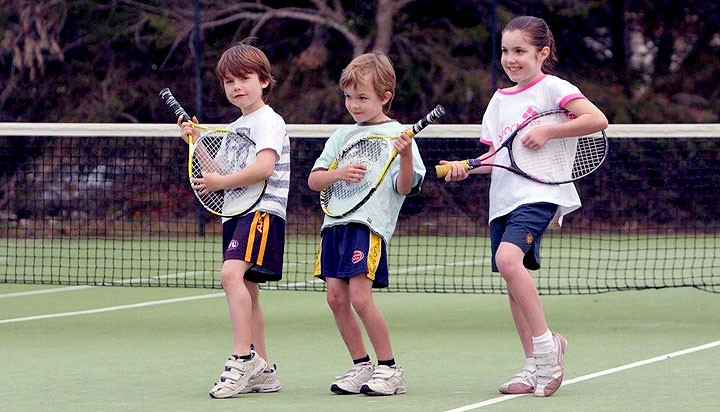
According to the Tennis Industry Association, the number of tennis players in America has steadily been rising over the years reaching over 14 million players. If your child seems better suited for individual sports instead of contact sports, tennis could be a match. It is fast paced enough to be challenging and engaging but not so much so that your child will feel overwhelmed.
There are many benefits to tennis. This sport will teach your child physical and mental endurance, how to encourage others, and how to lose. Tennis is about short fast sprints to hit a ball strategically. These sprints build physical endurance and the fast strategic planning that goes into a hit builds mental endurance. If your child is playing doubles, they will learn to be in sync with a partner and the teamwork required to win together. This teaches children to encourage and support their peers. Lastly, tennis is help your child learn how to lose respectfully. A loss can impact a child more personally since she is competing alone or with only one other person. Overcoming this and using the losses as a way to improve their techniques will help in other aspects of life.
If your child is beginning tennis, knowing the levels and differences between recreational and competitive tennis will help you choose the right tennis program for your child. We spoke to Bay Area local coach Bob Jaeger and Palo Alto High School tennis coach Andy Harader to help you have your child swinging onto the tennis court in no time!
First, not everyone starts off playing on a full size tennis court. The younger the child is, the smaller dimensions of a traditional court are used as well as softer balls. As your child grows, the size of the court they play on will ‘grow’ with them too. Kids 10 and under will play on ‘red’ or ‘orange’ courts. Red courts are for children younger than 7 who are just getting started in this sport. This court is about a quarter size of a traditional court, being only 36 feet deep so it is easier for a child to hit the ball across. Children playing at this level will be using red felt balls that bounce slower and not as high as traditional yellow balls. This level gives younger kids the chance to take their time with their swing and not get overwhelmed by the intensity of traditional tennis. Orange courts are for children between the ages of 8 and 10. This court uses almost the full depth of a tennis court at 60 feet. Orange felt balls bounce slightly faster but are still fun and controllable. Knowledgeable and considerate coaches will take your child’s age and ability into consideration and decide which version of the court is best for them.
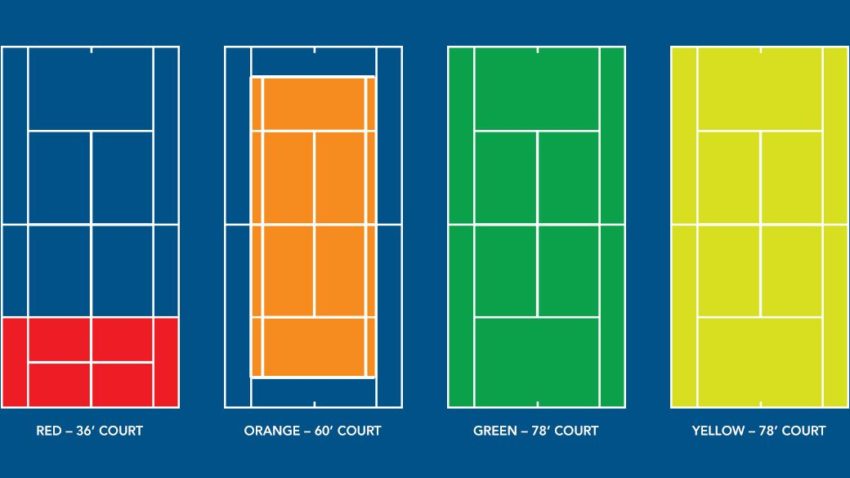
After the red and orange courts come the ‘green’ and ‘yellow’ courts. With these advanced levels also comes the question of whether your child should do tennis recreationally or competitively. Using the full court that is 78 feet deep, the green court uses a green ball that has a slightly lesser compression than that of a traditional yellow ball making it slightly easier to control on a big court. Finally reaching the traditional yellow court, the depth is the full 78 feet deep and the balls are made for adults and children that have reached this level.
Once your child has reached the green court, you have to make a decision of whether your child should play recreational or advance into competitive tennis. While both are fun, Coach Bob Jaeger says “recreation tennis is where players choose not to participate in tournaments or leagues.” They play for fun, exercise and as a social sport. After all, you can’t play tennis alone and when you play doubles you also enjoy teamwork and bonding with your doubles partner.
Competitive tennis players look for events where they can compete against players that are outside the circle of the regular players they always play with. This is usually done through an organized event such as a weekly league or a tournament ” adds Coach Jaeger. Additionally, Palo Alto High School Coach Andy Harader says that with competitive tennis, “[local and national] rankings are the ultimate goal and are used for scholarship purposes for college entry”. Both coaches agree that to reach the competitive level is a serious commitment, both on the child and on the parent. A player who aspires to play competitively typically has private coaches or small group clinics from the time they are a pre-teen, as did Lane Leschly, who advanced to the top ranks of competitive junior tennis and earned a place on the team at Harvard University in 2016.. If your child has the “the desire to run hard, hit a heavy ball aggressively, handle the emotions of a competitive game by themselves and most of all enjoy practicing”, competitive tennis may be the way to go in Coach Bob’s opinion.
This may all seem a bit intimidating but whether recreational or competitive, tennis is still a great sport that teaches endurance and discipline. Coach Harader says that like with any sport, a “parent will know when their child has the determination and interest.”

